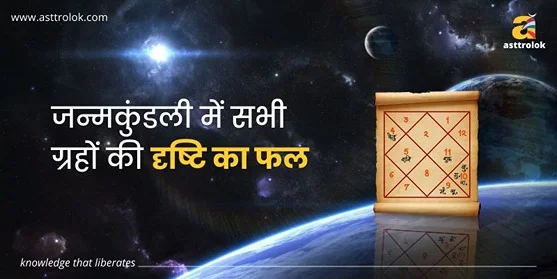
God is appeased
In addition to hymns praising the Deities, an Aarti also includes a sincere plea to God in an attempt to obtain his favor. The gods and the God who gives grace are happy with the worship and praise of the person who does Aarti.
Are you looking for the best astrologer online? Get an online astrology consultation with a professional astrologer to find out the answers to all of your questions.
In addition to hymns praising the Deities, an Aarti also includes a sincere plea to God in an attempt to obtain his favor. The gods and the God who gives grace are happy with the worship and praise of the person who does Aarti.
Are you looking for the best astrologer online? Get an online astrology consultation with a professional astrologer to find out the answers to all of your questions.
Who wrote the Aarti?
We do the aarti at the end of every Lord ritual (pooja or bhajan) or to welcome a guest or saint. The bell is always rung in conjunction with this, and occasionally singing, musical instrument playing, and clapping are also heard.
Each part is shown on its own, and the Lord's whole shape is also shown. As the light is waved, we can pray silently or out loud, or we can just look at the beautiful shape of the Lord, which is lit up by the lamp. After the Aarti, we place our palms over the flame and softly touch the eyes and tops of our heads.
As the lamp lights up the Lord, we think about each of its parts. It's like sitting still and looking at His beauty with your eyes open.
The singing, clapping, and ringing of the bell, among other things, show the joy and good luck that come with seeing the Lord.
Camphor is often used during aarti. This is important from a spiritual point of view. When lit, camphor burns all the way down and doesn't leave anything behind. It shows our natural tendencies (vaasanas). When we are enlightened by the knowledge that illuminates the Lord (Truth), this separates us from the Lord by igniting the fire of knowledge inside us.
Also, when camphor burns to show the glory of the Lord, it gives off a pleasant scent while it gives up its life. As we grow spiritually, we should be willing to give up ourselves and everything we have in order to spread the "perfume" of love to everyone. We often wait for a long time to see the illuminated Lord, but when the aarti is done, our eyes close as if to look inside. This is meant to show that each of us is a place where the Lord lives.
Read Also:- Why Kundli is compared before a wedding!
How come Aarti is done twice a day?
Aarti is meant to be done when the sun comes up and goes down. At sunrise, the predominant raja-tama atmosphere from the night is gone, and the absolute fire element frequencies of the Deities enter the universe. So, Aarti should be done at dawn to welcome them. The 'Tarak Chaitanya,' which is the 'savior form of Chaitanya,' is sent out when the frequencies of the Deities arrive at sunrise. The worshipper should welcome it through the Aarti. At sunset, the Aarti is used to destroy the 'raja-tama' frequencies and call on the 'marak Chaitanya' of the Deities (destroyer form of Chaitanya). So, Aarti should be done twice, once at dawn and once at dusk.
Why does Aarti have to be done at sunset?
At sunset, the amount of absolute fire in the Sun's rays starts to go down, and raja-tama particles become more prevalent in the air. There are also more raja-tama frequencies being made. Using this to their advantage, the negative energies move around more in the environment. It's important to invoke the Deities through the Aarti's sound frequencies and send them into space.
Why does Aarti have to be done at sunset?
At sunset, the amount of absolute fire in the Sun's rays starts to go down, and raja-tama particles become more prevalent in the air. There are also more raja-tama frequencies being made. Using this to their advantage, the negative energies move around more in the environment. It's important to invoke the Deities through the Aarti's sound frequencies and send them into space.
Why should a full circle be made with an Aarti platter in front of the Deity
When you offer Aarti with a lamp with 5 wicks, also called a "pancharti," you should wave the platter with the lit lamp in front of the Deity in a full circle. This makes the sattva frequencies coming from the flame of the lamp move quickly in a circle. Then, these sattva frequencies slowly change into raja frequencies. The way they look is like waves in the water.A "Tarang kavach," which means "ripple armor," is made up of these frequencies and wraps around the worshiper's soul while they perform the Aarti. This is called a "Suraksha kavach," which means "protective armor.
Learn astrology courses online from the best astrologer in India. Learn about different aspects of astrology, like astrology readings, prediction, and more. Free astrology classes are available as well. Further, explore numerology course, palmistry course, Vastu course, medical astrology with astrology certification. Register now.
Read Also:- Which ayurvedic lifestyle to follow in winter?
Comments (0)
Categories
Recent posts


जन्मकुंडली में ...
30 Aug 2023
Importance of Bhakoot Koota in Kundali ...
30 Aug 2023

.webp)














